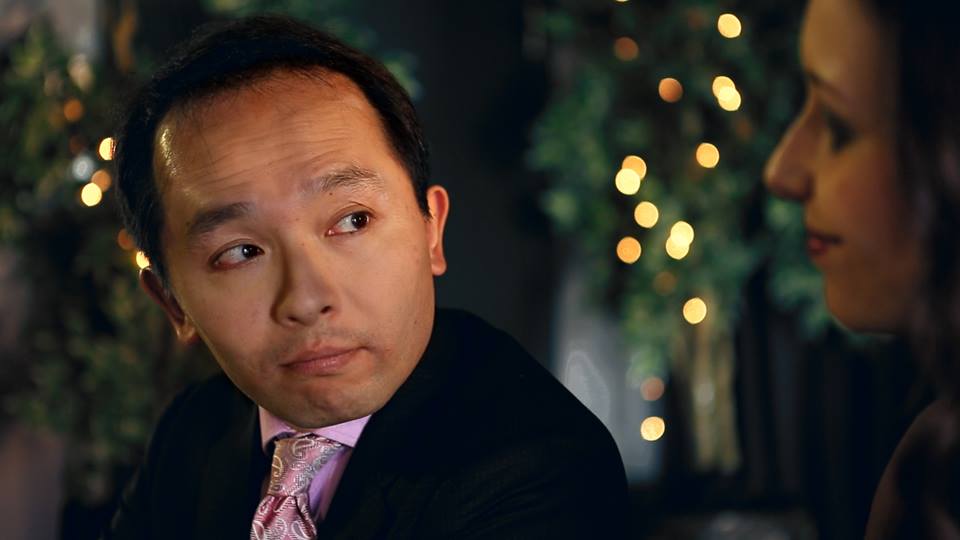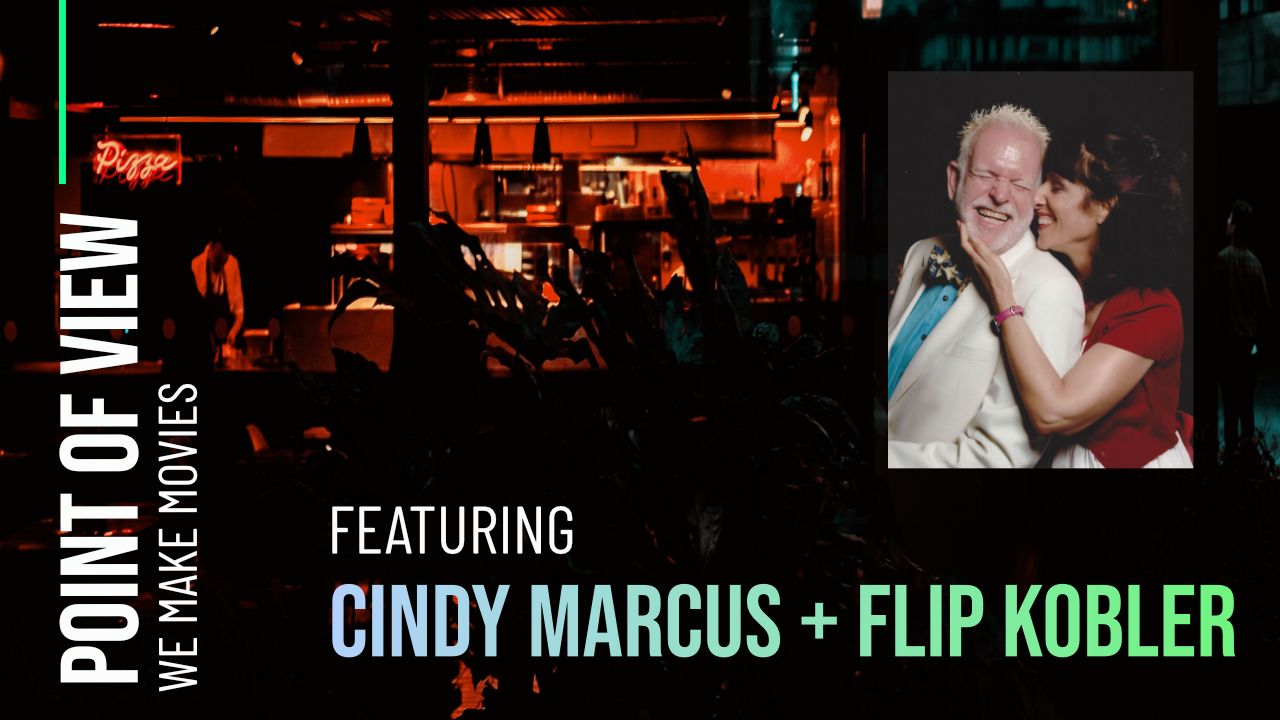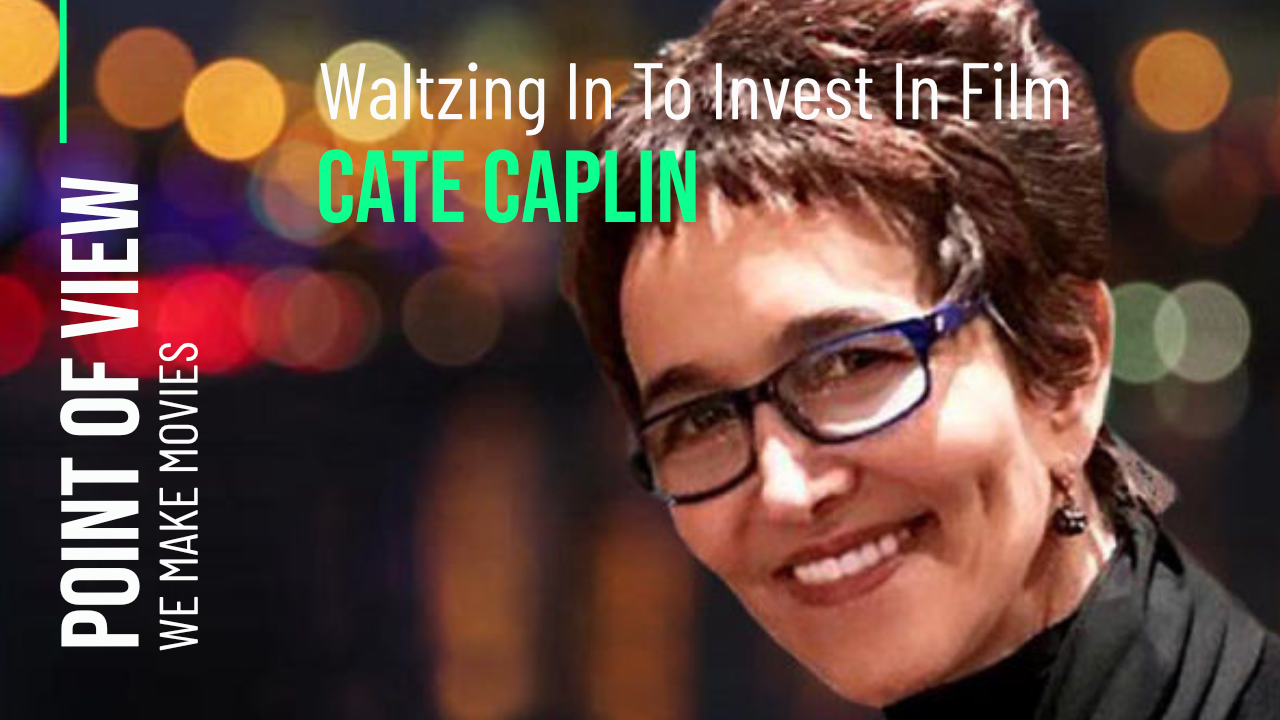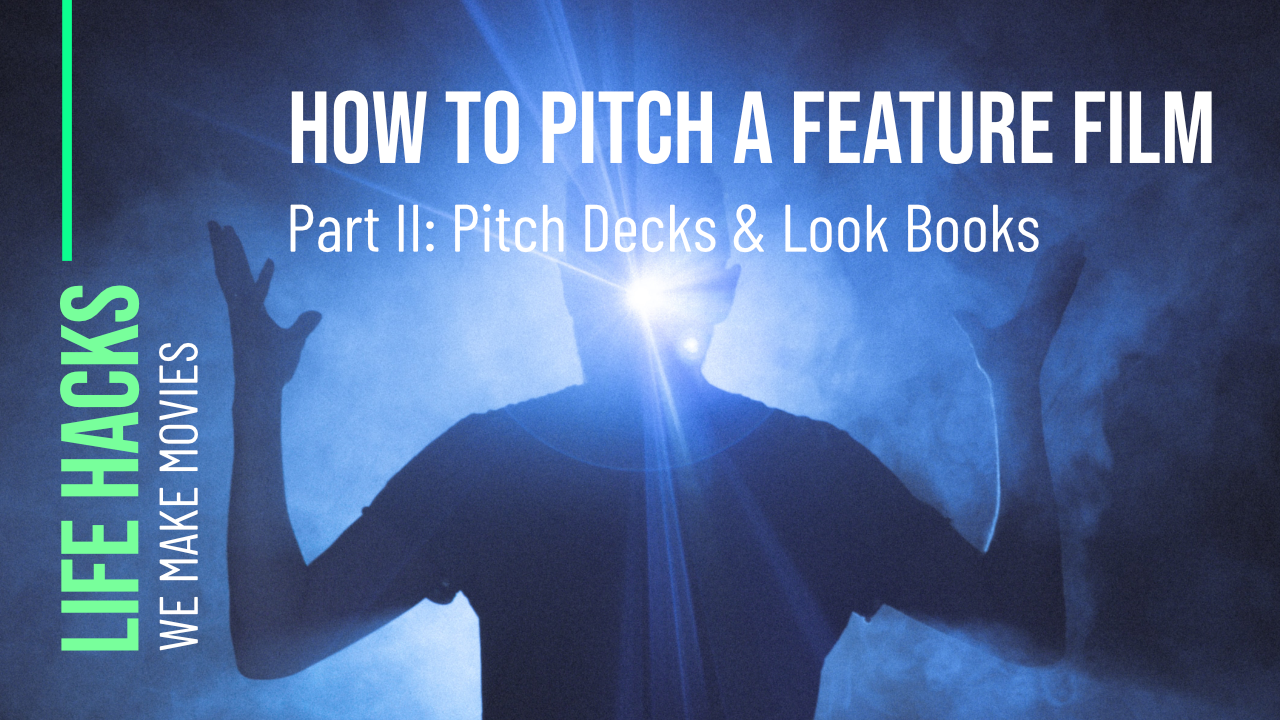WMM BLOG
From Crowdfunding Skeptic to Believer: Meet Actor/Filmmaker Nick Sakai
NY based Actor and filmmaker, Nick Sakai used to be skeptical about crowdfunding. The idea of asking friends and family for money to get your movie made never seemed like a viable route to him as a filmmaker. 
But all that changed after he joined the leadership of We Make Movies NYC, especially after watching fellow WMM NYC team member Carly Wilkins' successful campaign. He came to understand that crowdfunding is not just about raising money, it's about building an audience base for your project before you roll camera. So, after showing a couple of his short films at WMM NYC's monthly Lab Mixtape, actor and writer Nicholas Bompart approached Nick with the possibility of producing his script "The Pardon" which was very well received at WMM NYC's labs.
With We Make Movies' production services team providing tailored crowdfunding coaching (via expert Izzy Stephens) and general guidance, Nick landed on SupportOurStory.com as the perfect platform for his project. They offer step-by-step ...
Meet our Disney, Hallmark, Horror, and Sci-Fi Screenwriting team, Cindy Marcus & Flip Kobler

Cindy and her husband/writing partner, Flip Kobler, have penned in every medium. They were on staff at Disney for several years where they wrote the best selling video premiere of all time, LION KING 2, "Simba's Pride," as well as several other animated films for the Mouse House. They wrote for STAR TREK DEEP SPACE NINE, have over four dozen published shows that are done world wide and three non fiction books, plus two dogs, no cats (Cindy's allergic) and a passion for empowering other writers to help tell their stories.
Their comic book noir feature BURY ME TWICE streams this year. Their holiday horror film, (which had a hugely successful 5 week theatrical run over Christmas 2022) THE MEAN ONE will finally be available to stream this holiday season and their upcoming short film, THE CLOSET will be making it rounds through the WMM Rough Cut Labs shortly...
We're pretty damn lucky to call these two talented and prolific artists, WMM family. That's how we snagged them to guest moderate...
How Community Helped Lift Up NYC Filmmaker Carly Wilkins On Her Series, YELLOW LINES
As with many professions, filmmakers thrive when surrounded by a healthy community of fellow artists. We Make Movies has established a chapter in NYC and even in its early years, this community has already seen a few filmmakers get projects off the ground. One of those members being Carly Wilkins. 
Carly is an actor and filmmaker based in NYC. She started writing her short series, Yellow Lines, during the pandemic lockdowns. After having all her scripts drafted the inevitable question of “What’s next?” came up. Many projects can die in this stage. Unsure where to go next or feeling overwhelmed by the uphill battle ahead to get your project made. However, Carly found the We Make Movies community which gave her a perfect next step. She submitted her scripts to the monthly NYC Writer’s Lab. The WMM Writers Labs host free, staged readings of new work that are fully cast with professional and feedback is then curated from the audience for the screenwriters. An invaluable resource that in ...
"So, what are you working on next?" How Tyler C. Peterson found his next project.

Picture this... your latest film is finally done. You're onstage at a festival, in the thick of a Q&A. An audience member leans into the microphone and clears their throat. “So, what’s next?”
What’s next? You don’t want to talk about the project you just saw? The one I’ve been pouring my soul into for years?
As a film director, this is a dreaded question you’ll always be asked, and you better have an answer. The last thing you want people to think is that your career lacks momentum and trajectory. While gearing up to tour my latest short film “Copper & Wool” across festivals in 2022, I took some time to really think about where my energies should be directed.
When you’re early in your career and still financing your own work, in some ways the world is really your oyster. There’s no manager telling you what your next step should be. No studio executives asking you to make your biggest hit again, but just switch it up a bit. As someone who is creating their own opportunities...
Filmmaking 101: How to Navigate SAG-AFTRA Low Budget Contracts

Want access to the most professional and experienced actors for your next project? Then you'll want to make sure you're producing under a SAG-AFTRA contract so you can hire union performers. However, we know navigating the signatory process and on-set paperwork can feel....daunting. But, we're here to break down the four most popular, low- budget, SAG-AFTRA contracts for you, so you can level up the talent on your indie project. WMM President (and our in-house SAG-AFTRA consultant, as she has been involved with the organization for almost a decade) Aubrey Mozino, discusses the factors you'll need to consider such as how much the overall budget of the project is, where the project is slated to land (distribution? festivals?), specific elements of the project (nudity? stunts?), and the various paperwork that accompanies each contract (Exhibit G? Pension & Health Remittance Form?). It's a handful, which is why we provide services that can handle this entire process for you, but it is go...
Filmmaking 101: What Does A Line Producer Do?

Filmmaking is not for the weary and line producing is not for the amateur. A Line Producer is one of the most critical members of the filmmaking team, as they are responsible for planning and overseeing all operations and logistics from pre-production through delivery on a project. In short, they are the project manager and accountant for the project - the ones adulting so everyone else can focus on the making of a film. The primary order of pre-production business for a Line Producer is to break down the script to determine every specific need in order to create an initial budget for the project. Funds are allocated towards every key department (camera, set design, hair and makeup...), hiring decisions are made based upon rates available to offer, locations are decided upon depending on the particulars of each day, and a schedule is created considering all of these factors fiscally and for optimal efficiency. A good Line Producer will also take into account all the moving parts associ...
How To Copyright & Protect Your Script

We Make Movies has provided venues and platforms for independent filmmakers of all ilks to share their work in a safe, constructive, positive environment. All of the labs in our lab pipeline provide opportunities for artists to bring in their work (at whatever stage they are in) with the hopes that our audience of creatives will share feedback for how to improve and optimize the project. Our Writers Lab allows writers to bring in fresh pages (from portions of their scripts) for actors to stage read so the writers can hear their ideas, dialogue, and craftsmanship come to life, but this means that there is a room full of others who are also privy to these new ideas, dialogue, and craftsmanship as well. So how can writers protect their intellectual property and safeguard their originality? What constitutes a script or screenplay? What is copyright and why do writers need it? We explain it all below!
A script is a written blueprint of a play, show, or movie. A screenplay is limited to tele...
Make Your Feature Competition Film "Stars" Is In Production - POV: Mars Roberge

Stars, as are Mars' other films, is the prototype for indie, low-bud...
POV: Waltzing In To Invest In Film - Cate Caplin

The 36 filmmakers poised to make their pitches August 24th-26th can revel in the news that now three films and filmmakers are in the running to land 25K alongside all the goods We Make Movies has to offer. On the inauguration of our Make Your Feature Competition Semi-Finals, WMM could not be more elated to announce the arrival of a THIRD judge and investor, multiple award-winning producer, director, choreographer, and dancer Cate Caplin. Having captivated audiences through her talent, dexterity, and grace in productions onscreen and in theatrical venues worldwide, she joins us in our mission to remodel what film financing and creative collaboration look like.
Cate has produced, directed and choreographed over 200 productions (from the Paris Opera House to the Broadway Stage), she has been the recipient of a Garland Award, a Women in Theatre Red Carpet Award, multiple LA Stage Alliance, Ovation, Eddon, Scenie Awards, as well as an Award of Excellence from the LA Film Commission for ...
How To Pitch A Feature Film Part II: Pitch Decks & Look Books

As our Make Your Feature Competition submission period is coming to a close, we will be narrowing down our choices for the semi-finals. While the initial submission process only required a treatment of the film, the next round of selections will be based off of a virtual pitch to the community, as well as a few requisite presentation materials. The first is a beat sheet (covered in PART I of this series) along with an artistic primer (a statement describing the intended genre, visual style, similar films, approach to production, and tone of the film), and the second is a version of either a look book or proper pitch deck (both covered below).
What Is A Look Book?
A look book is a compilation of film stills and other visuals that communicate a filmmaker’s vision for their project. Cinematic elements such as composition, lighting, production design, and color help to convey the mood and tone of the film. Similarly, characters and setting can be rooted through casting choices and locati...

